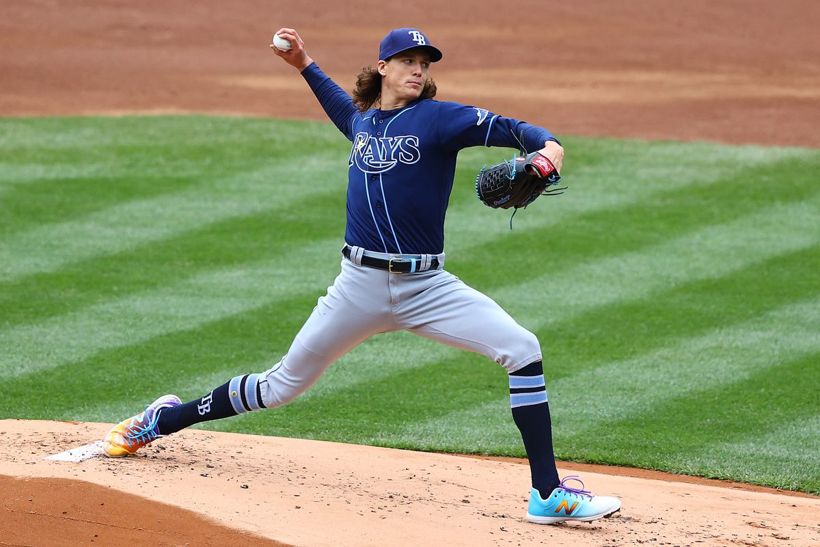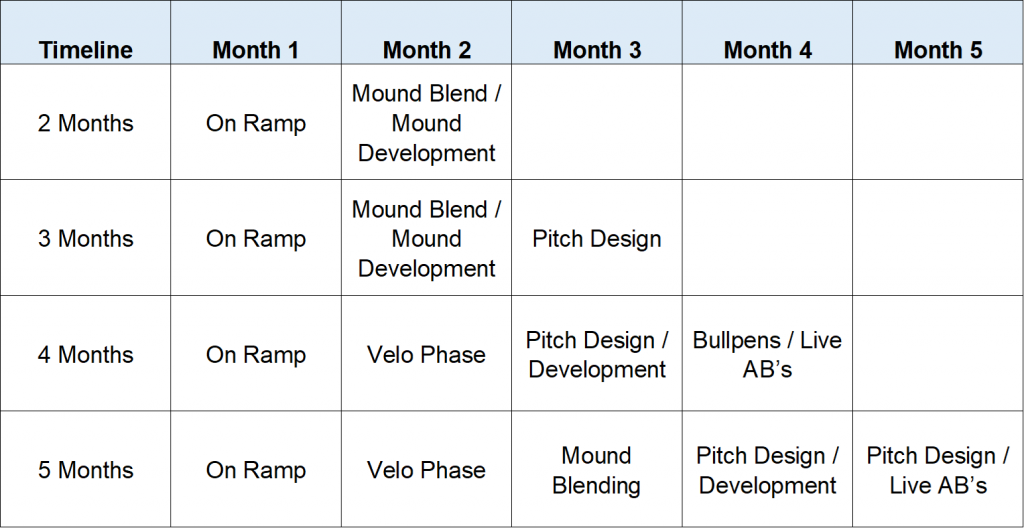
Having observed hundreds of pitchers on our Rapsodo Pitching camera during the past several years, it’s fair to say that there are a few tendencies that most high school and collegiate pitchers exhibit. While every pitcher is different with their skillset, we generally tend to observe similar opportunities for improvement in pitch movement.
In this first of three articles… Continue reading “What are the Most Common Pitch Movement Issues… And the Fixes”









